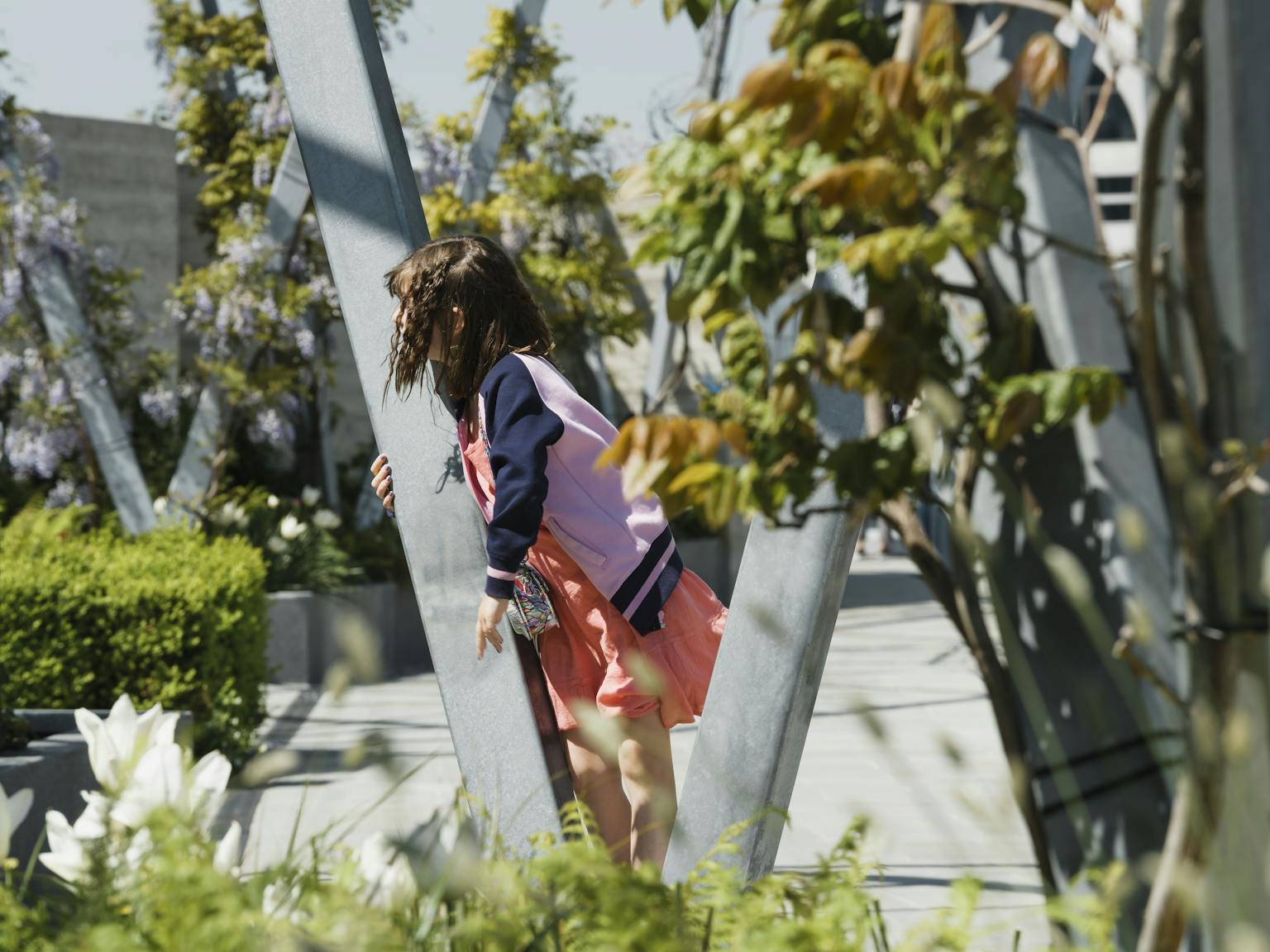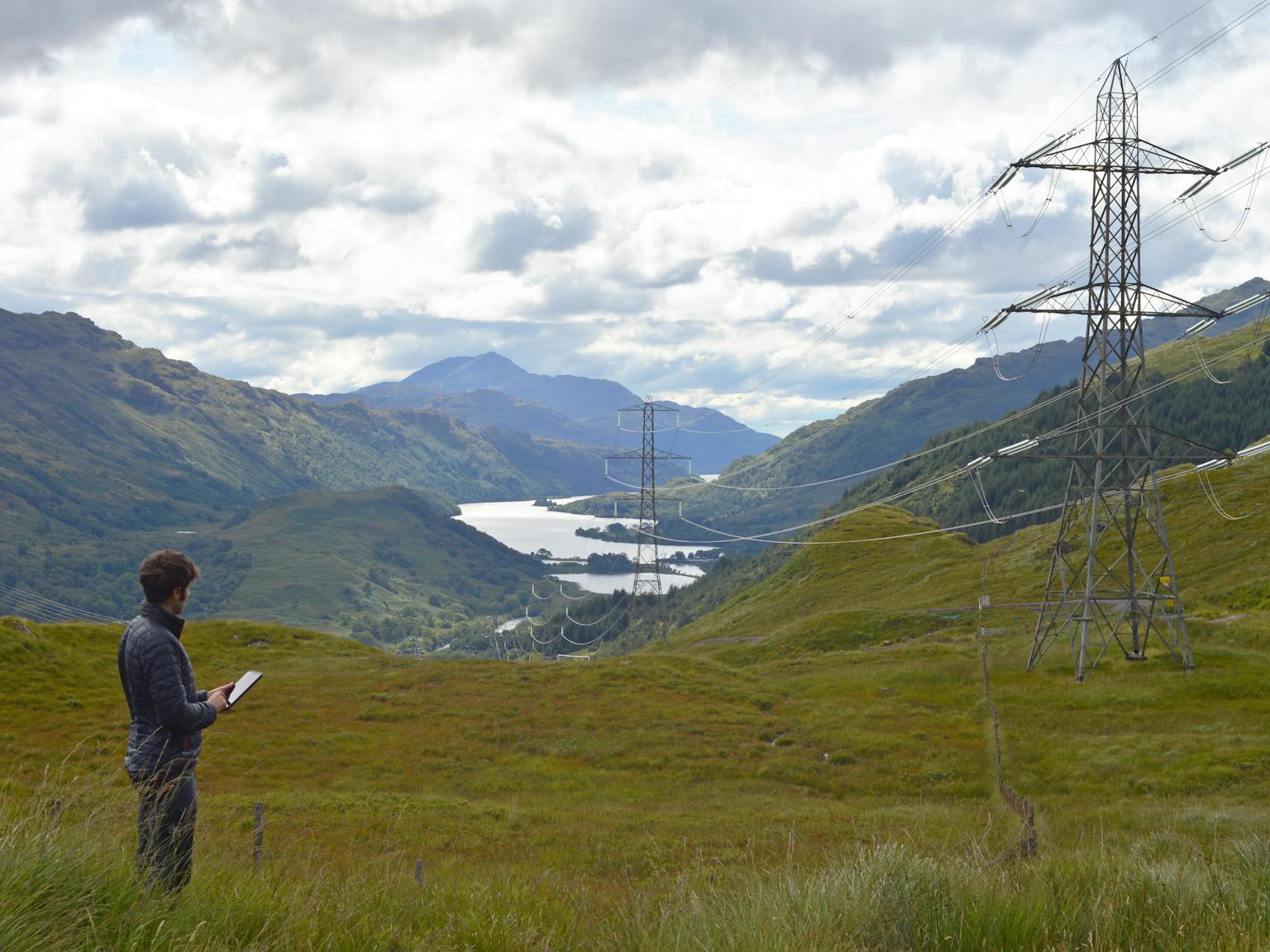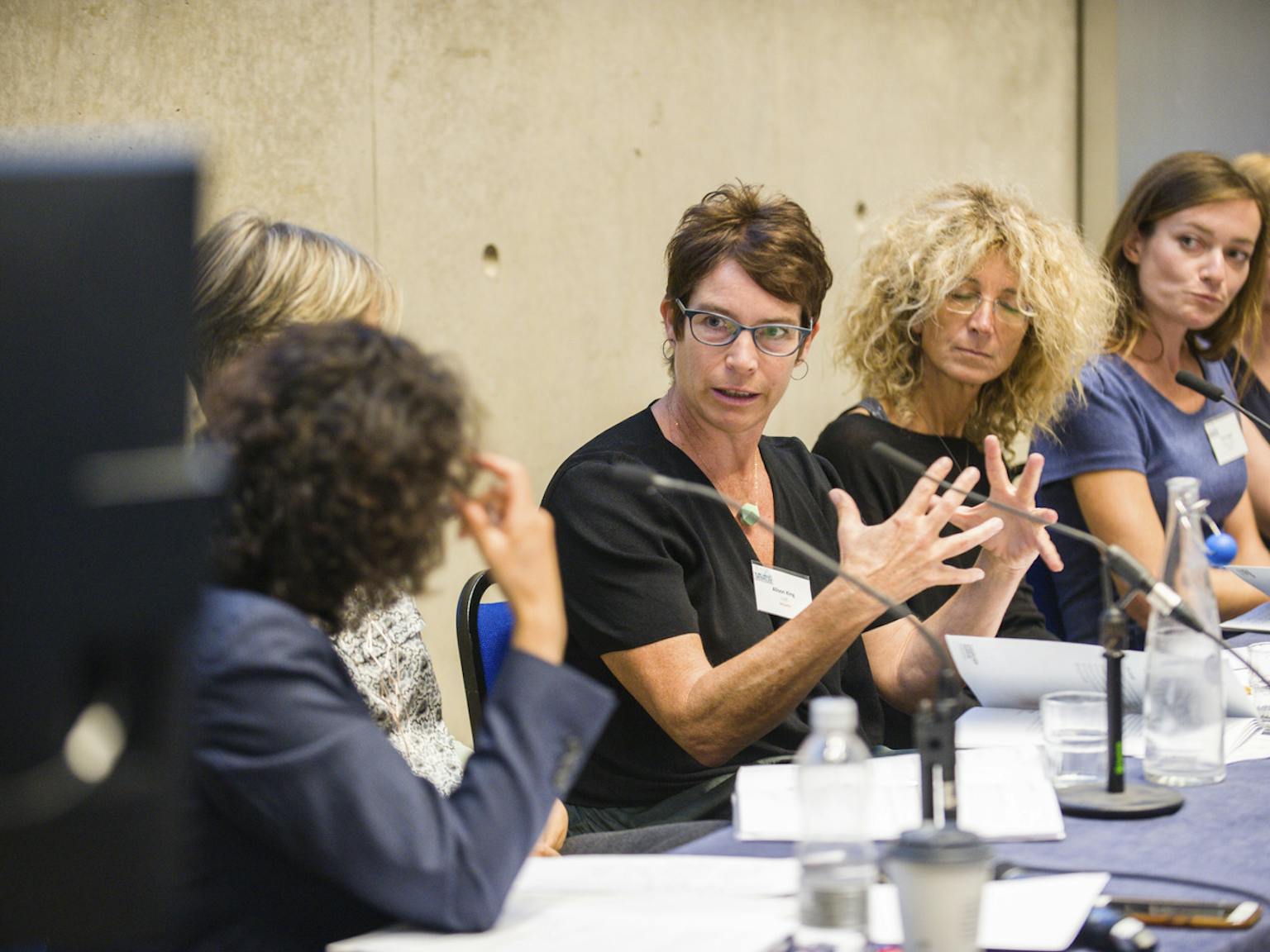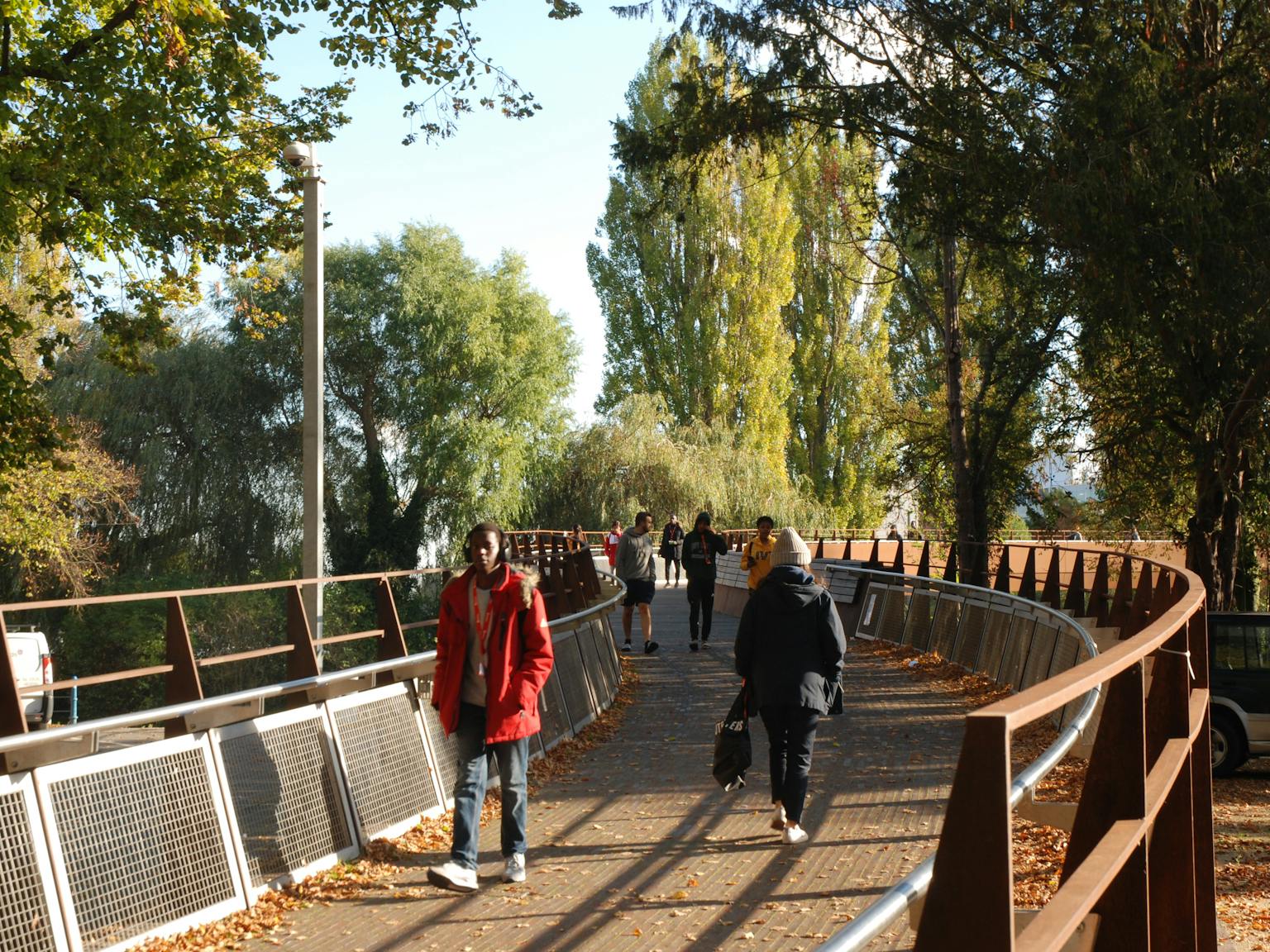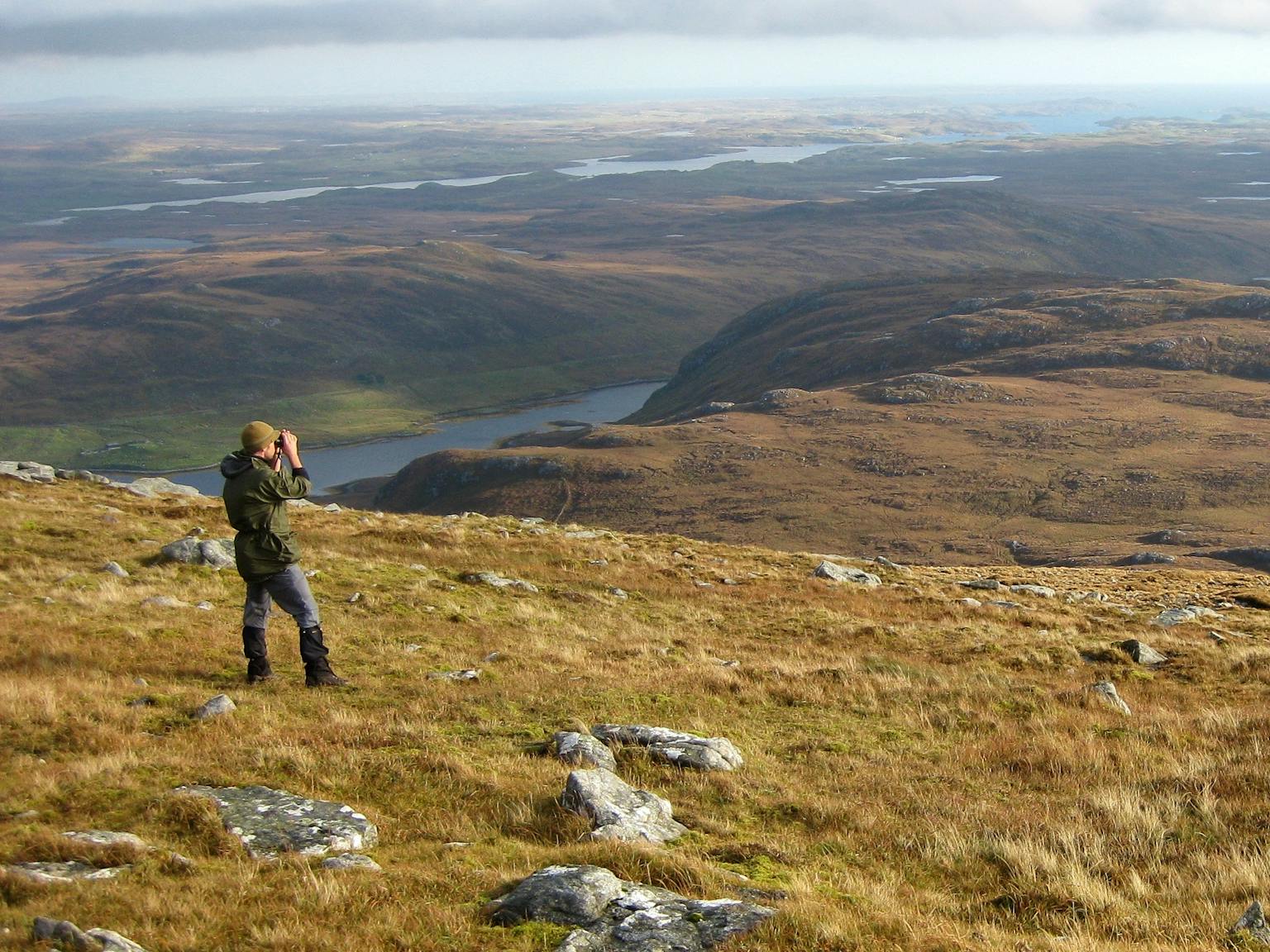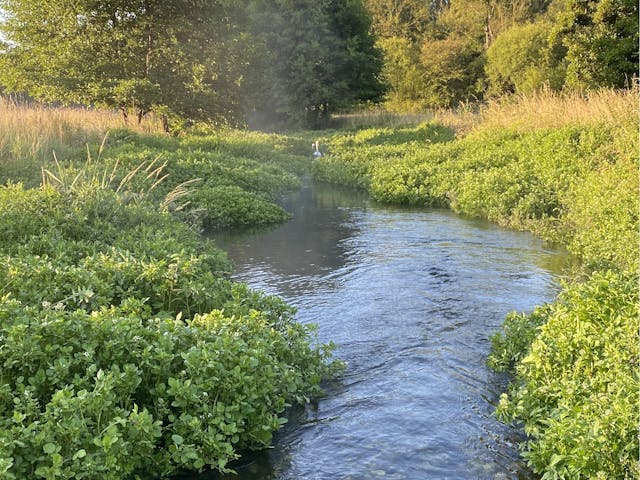
Assessment of the Visual Effects of Lighting of Wind Farms
Wind turbines in the UK are undoubtedly getting larger, with tip heights often exceeding 150 m, driven largely by changes in subsidies, market availability and the desire to maximise energy generation within a given location.
The UK Air Navigation Order (ANO) 2016, Article 222, sets out the statutory requirement for the lighting on en-route obstacles, which applies to structures 150 m or more above ground level. This article has been translated into the Civil Aviation Authority’s (CAA) Policy Statement on the lighting of onshore wind turbines (June 2017). For turbines of 150 m height to tip or more, medium intensity (2000 candela) steady red warning lights should be mounted as close as possible to the top of all structures, which in practice is on the turbine hubs. Additionally, at least three low-intensity (32 candelas) lights should be provided at an intermediate level of half the nacelle height.
Light pollution is a recognised problem in the UK, with wind turbine lighting potentially contributing to an adverse effect on people’s views, including their enjoyment of the night skies. Adverse effects on wildlife have also been documented. A presentation on wind turbine aviation lighting and its effect on natural heritage, led by Scottish Natural Heritage (SNH) at this year’s All Energy Conference, noted the need to be cautious when proposing lighting in the UK’s darker, more sensitive landscapes, and considered a range of potential mitigation solutions including radar activated lighting.
The need for lighting within a wind farm is typically decided during the consultation stage of a planning application, based on views from the CAA, Ministry of Defence (MOD) and local aerodromes. Turbines below 150 m are not routinely lit, but where lighting is required, wind farm developers usually seek to agree on the use of Infra-Red lighting in the interests of public amenities, this being barely perceptible to the human eye.
LUC’s recent experience in assessing the visual effects of lighting also includes offshore wind farms. LUC has been involved in the seascape, landscape and visual impact assessment (SLVIA) for Neart na Gaoithe offshore wind farm for a number of years, and the 450MW project initially received planning consent in 2014. As part of a new application for a revised scheme, LUC undertook night-time photography and prepared accurate montages to illustrate the effects of lighting. These were required to allow for variables such as distance and atmospheric clarity since the turbines are between 15 and 30 km from the coastline. We also explored the use of video animation to examine the effect of flashing offshore lights as viewed from the coast. The effects of lighting on undeveloped stretches of coastal landscape, a key concern for stakeholders, was given due consideration in the Environmental Impact Assessment (EIA).
LUC’s in-house GIS and Visualisation team provided night-time photomontages to inform the visual assessment at Neart na Gaoithe. An example is provided below. Photography was carried out at dusk, in accordance with SNH’s Visual Representation of Wind Farms Guidance, Version 2.2. Aviation and navigation lighting was modelled using Autodesk®3dsMax software, matching the specifications provided in terms of luminous intensity (candela units), colour and position. The sunlight and daylight system within the software was also set to accurately simulate the natural light still present at the date, time and geographical location of the photography.
In addition, LUC tested out an animation with the correct flashing sequence applied (see top animation).
With continued demand for the use of taller wind turbines, as well as the planned replacement of older wind farms with larger machines, it is clear that assessment of the visual effects of lighting will remain an important consideration. Our team continually keeps abreast of changes which enable mitigation of these visual effects.
